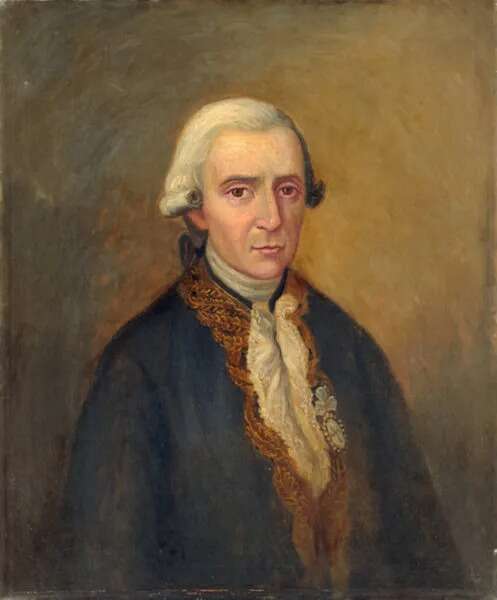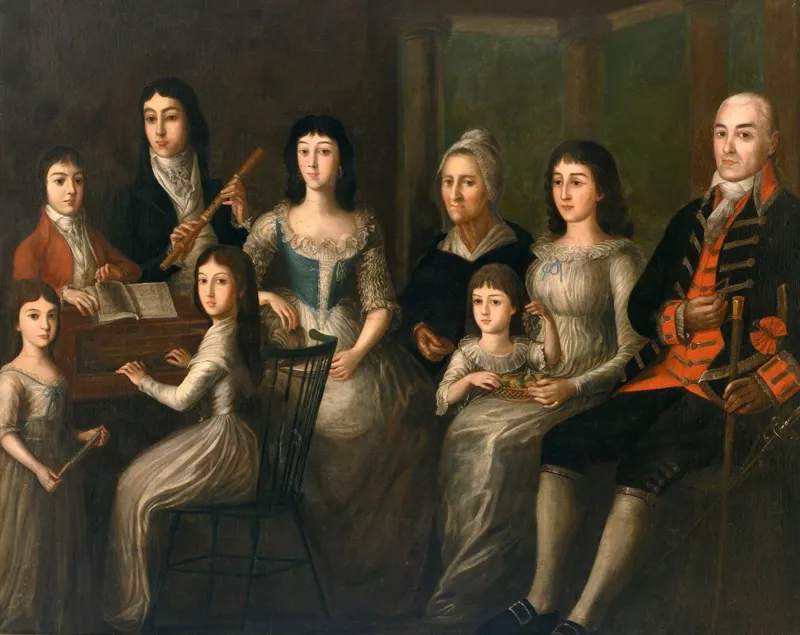 |
Many Spanish-speaking immigrants arrived such as the Canary Islanders of Spain, which are known as the Isleños and Andalusians from the south of Spain called Malagueños. The Isleños and Malagueños immigrated to Louisiana between 1778 and 1783. The Isleños settled in southeast Louisiana mainly in St. Bernard Parish, just outside of New Orleans, as well as near the area just below Baton Rouge. The Malagueños settled mainly around New Iberia, but some spread to other parts of southern Louisiana. Both free and enslaved populations increased rapidly during the years of Spanish rule, as new settlers and Creoles imported large numbers of slaves to work on plantations. Although some American settlers brought slaves with them who were native to Virginia or North Carolina, the Pointe Coupee inventories of the late eighteenth century showed that most slaves brought by traders came directly from Africa. In 1763 settlements from New Orleans to Pointe Coupee (north of Baton Rouge) included 3,654 free persons and 4,598 slaves. *Molinary, Andres (Artist) *COURTESY OF LOUISIANA STATE MUSEUM |
|
Spanish Interregnum (1763–1803) France was forced to cede most of its territory east of the Mississippi to the Kingdom of Great Britain after its defeat in the Seven Years’ War. The area around New Orleans and the parishes around Lake Pontchartrain, along with the rest of Louisiana, became a possession of Spain after the Seven Years’ War by the Treaty of Paris of 1763. By the 1800 census, which included West Florida, there were 19,852 free persons and 24,264 slaves in Lower Louisiana. Although the censuses do not always cover the same territory, the slaves became the majority of the population during these years. Records during Spanish rule were not as well documented as with the French slave trade, making it difficult to trace African origins. The volume of slaves imported from Africa resulted in what historian Gwendolyn Midlo Hall called “the re-Africanization” of Lower Louisiana, which strongly influenced the culture. In 1800, France’s Napoleon Bonaparte re-acquired Louisiana from Spain in the Treaty of San Ildefonso, an arrangement kept secret for some two years. Documents have revealed that he harbored secret ambitions to reconstruct a large colonial empire in the Americas. |
 |
